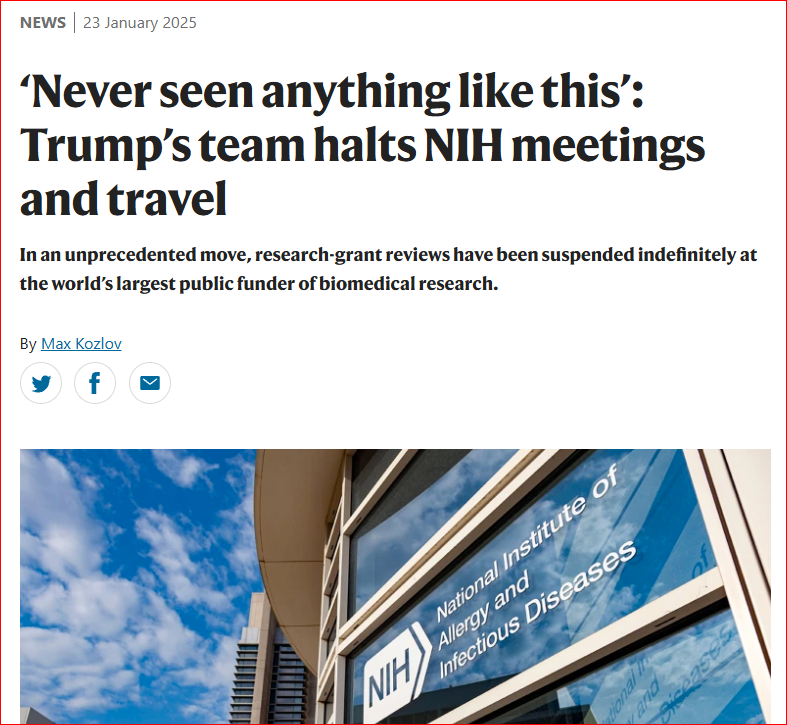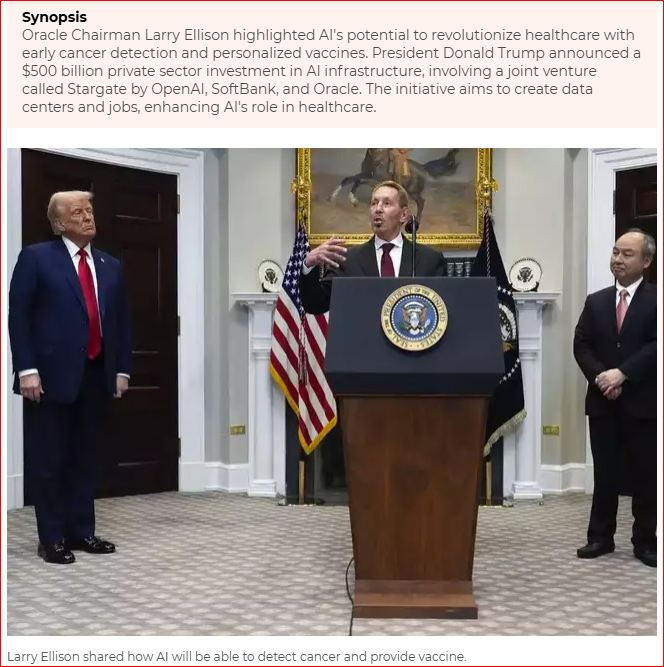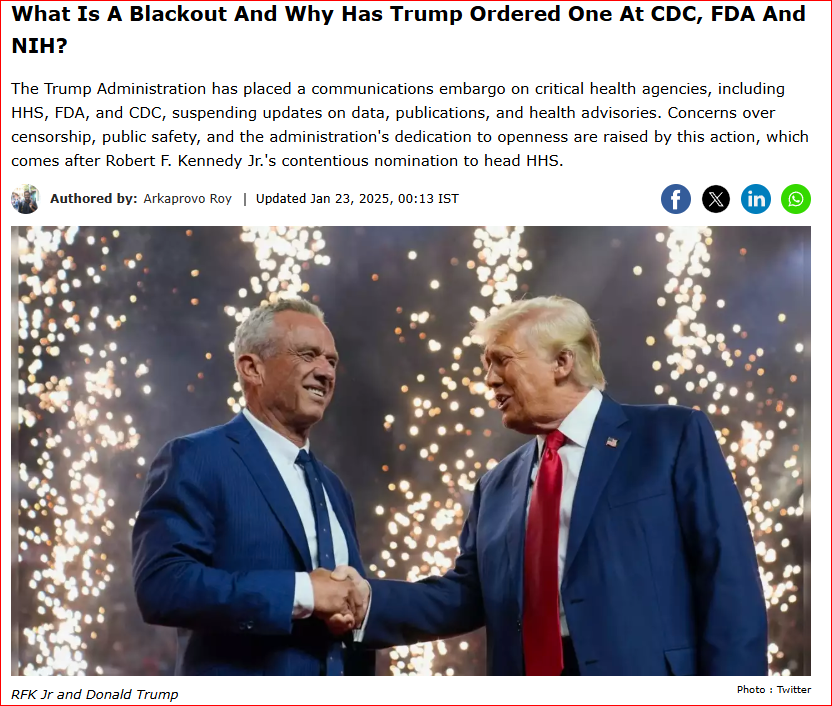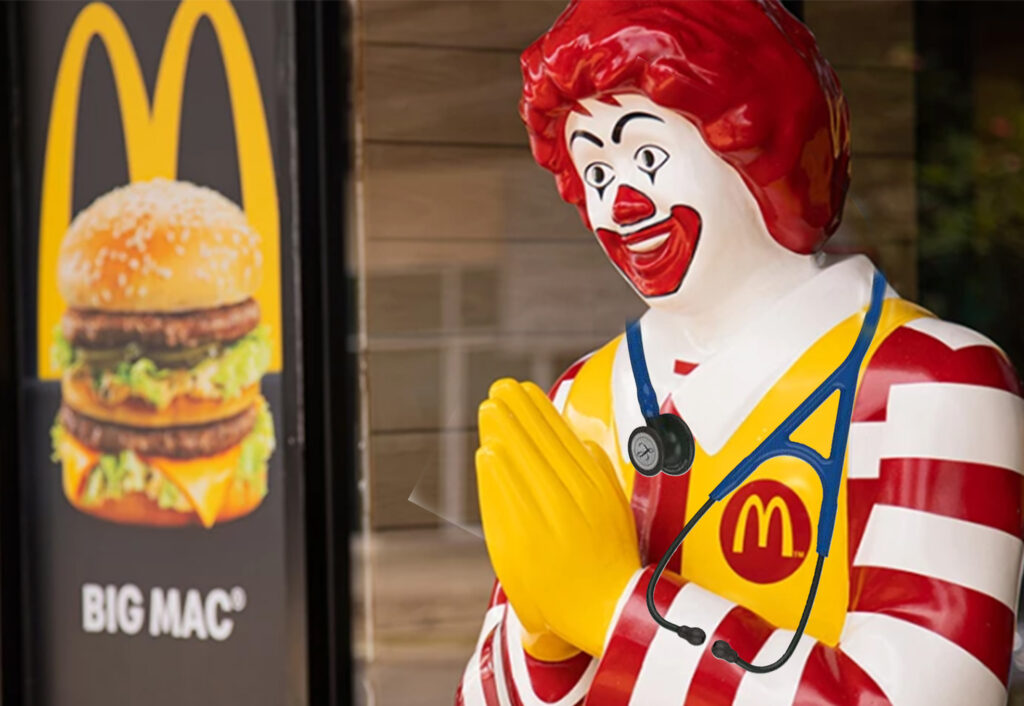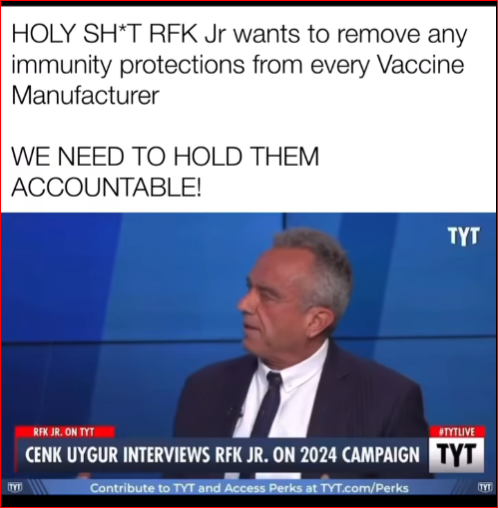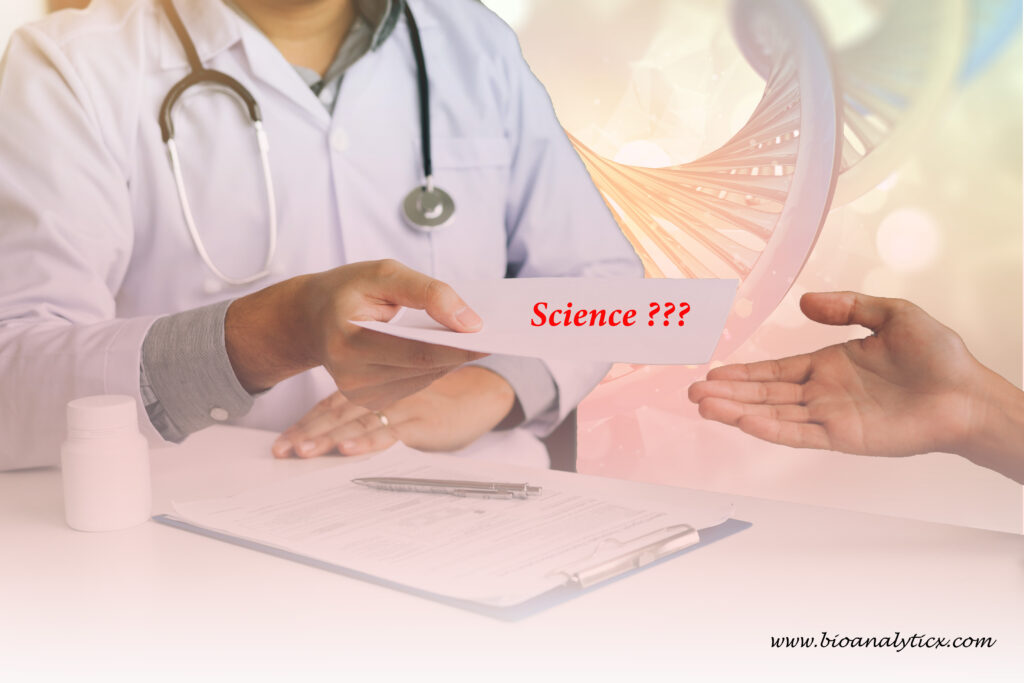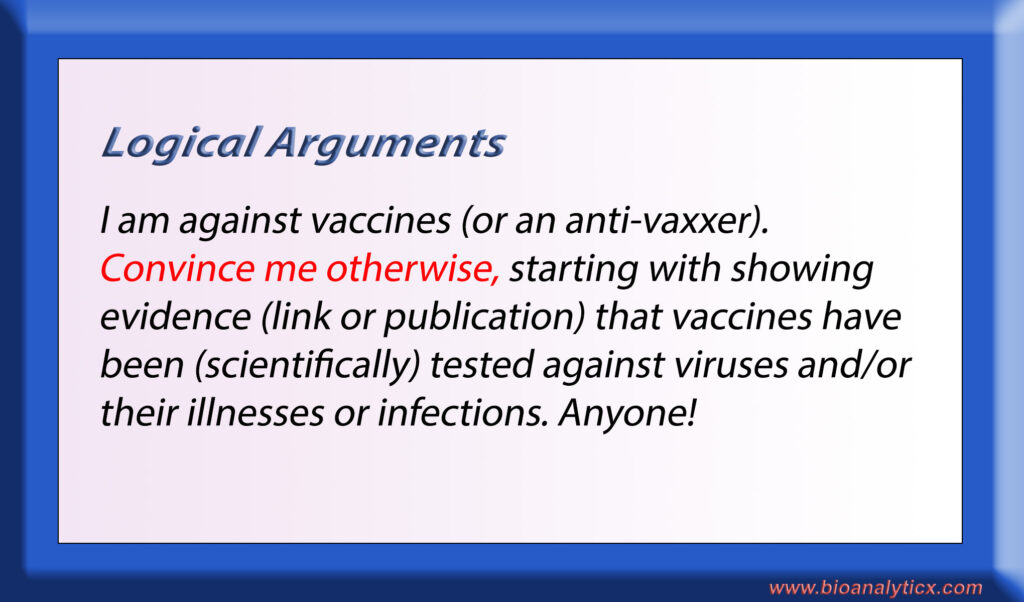Few dare to announce unwelcome truth – Edwin Percy Whipple.
I know I will not make many friends on this, and perhaps will make many very angry, but it must be explained that,
Medical experts (physicians), in reality, are trained as clerks.
It is almost impossible for most to recognize that modern-day medical experts, particularly physicians, are trained to perform a simple clerical job, like a server. They are educated and trained in writing prescriptions (orders) based on supposedly standard and well-defined treatments/medicines as suggested by their senior doctors or their professional associations.
There is hardly any need or dependence on higher thinking or education, particularly in science. Physcains’ claim of a higher level of intellect and education is based on memorizing science/chemistry terminologies (vocabulary) and techniques without understanding, like a ritualistic practice. There is a lack of any valid education or training in science/chemistry or scientific research in this profession.
Physcians’ claim that they follow science or are scientists is simply false. There is no evidence that they conducted valid scientific studies, but observational or survey-based assessments are often labeled as clinical assessments or trials, commonly with questionable statistical analyses.
It is commonly believed that pharma or government authorities such as the FDA and CDC are to bear the blame for deficiencies in illness identification and/or faulty treatments. However, the public, even experts, do not realize that these are invented, developed, tested, manufactured, and marketed under the supervision and guidance of medical experts, mostly physicians. No drug or treatment can be developed and sold without the explicit approval of physicians (so-called science followers or scientists) working in the organizations.
There is an urgent need to assign or reassign physicians’ roles per their academic credentials and training to avoid further damage to public health and welfare. Further, to bring valid science to study illnesses and their treatments.
Auditing medical professionals as science-based is necessary, starting with inquiring about which science subjects physicians study, when, and from where.
What is science, and who are scientists? (link)
My training and expertise – people ask! (link)
Physicians as Scientists: A Hideous Claim (link)
